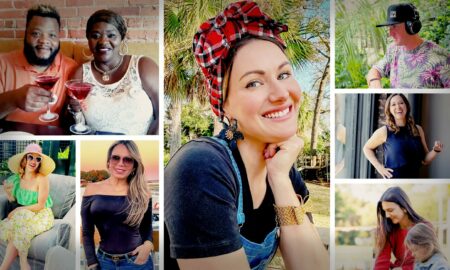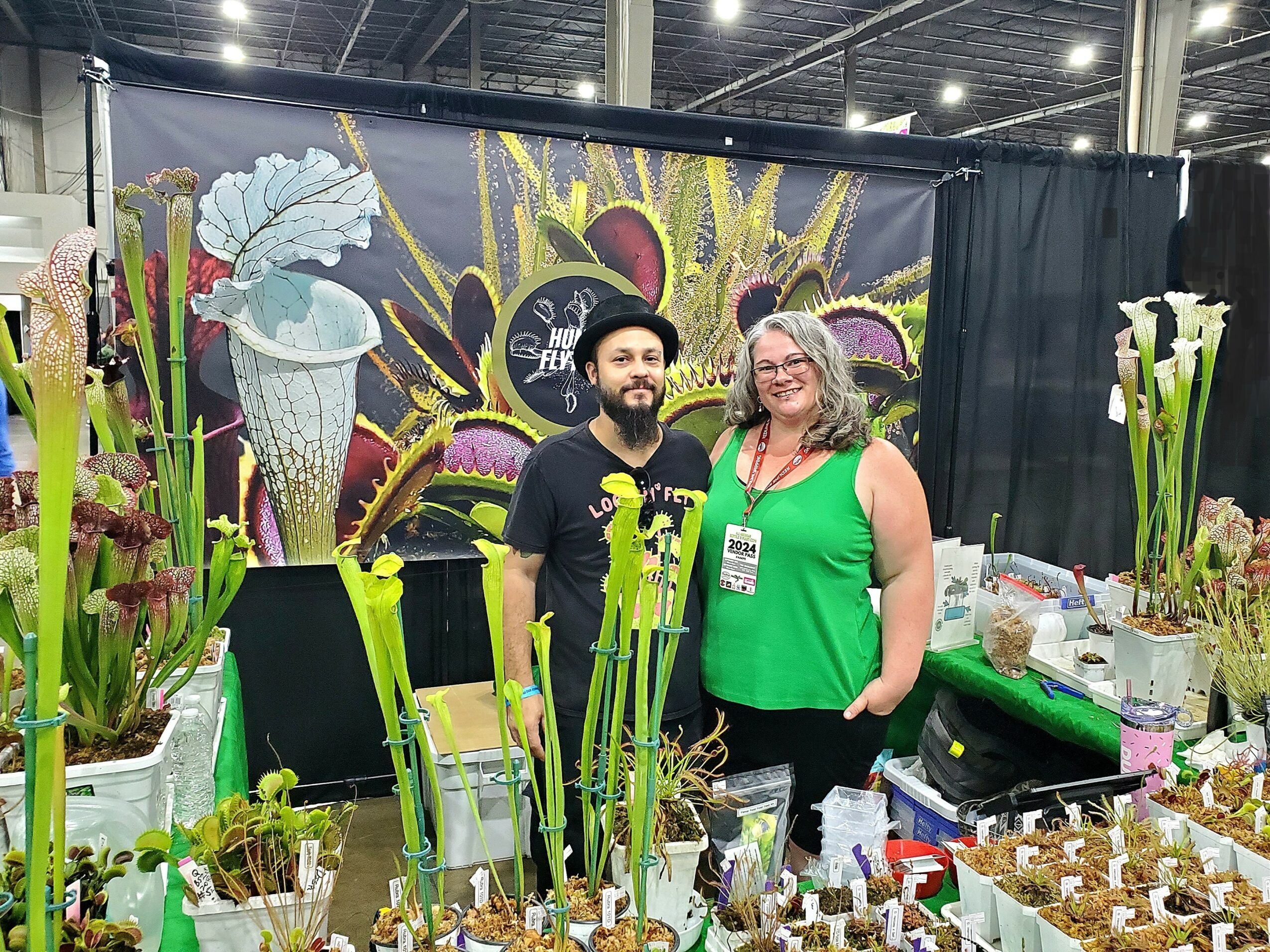

Today we’d like to introduce you to Sarah Hunter
Alright, so thank you so much for sharing your story and insight with our readers. To kick things off, can you tell us a bit about how you got started?
We are Hunter Flytraps, a small business run by my husband, Ross Hunter, and I, Sarah Hunter. We moved to South Carolina in 2014. Ross is originally from Michigan, and I’m from Ontario, Canada.
When we settled into our new home in Summerville, South Carolina near Charleston, we noticed a palmetto tree in our front yard. Its tropical appearance was very different from what we were used to, and it sparked our curiosity about the native plants of this area. That’s when I discovered that Venus flytraps (Dionaea muscipula) are native to the Carolinas.
Intrigued, I bought one for Ross after researching what their natural environment and requirements were. Once we understood the simple rules for growing them (like in gremlins ha ha), our plant flourished into a bushy pot of flytraps. Around the same time, we learned about different Venus Flytraps cultivars and ordered a few large mouthed ‘B52’ Venus flytraps, which added to our fascination. After a few years, we expanded our already growing collection to include our first sundew (Drosera) and North American pitcher plant (Sarracenia).
Before long our collection grew so much that we began selling our Venus flytraps locally. We sold through Facebook Marketplace and even yard sale-style in front of our house. Every time someone stopped to buy one, they wanted to learn more about the plants, and I found myself chatting with them for nearly 30 minutes each time.
That’s when I realized how many people love these unique plants but struggle to keep them alive due to a lack of proper care information. I also discovered how much I enjoyed teaching people about carnivorous plants and sharing about them.
We eventually started an Etsy shop and experimented with different methods for safely shipping the plants. Through initial trial and error, we continuously improved our packaging process for online customers. As our shop grew, so did our product range— in addition to Venus flytraps, we began offering various carnivorous plants like Drosera (Sundew), Sarracenia (North American pitcher plants), and substrates like Besgrow Spagmoss, Orchiata pine bark, and Fernwood Tree fern, as well as other plant supplies. Around this time we started breeding our own Venus Flytraps crosses like HF Tippity Witchit, HF Flesher Shears and HF Dorthothy’s Ruby Red Rippers.
In late 2021 Ross took the lead to develop a website, Hunterflytraps.com, to promote our business and expand our new online presence. We also began attending farmers markets, where we sold our plants in person. At one of these events, a customer buying tree fern for his anthuriums mentioned a rare plant market we might enjoy. We decided to participate, and it was an incredible experience—our table was flooded with customers eager to learn about these fascinating plants. That market has since evolved into the SE Rare Plant Market, and we now attend nearly all of their events. We’ve also branched out to reptile expos, native plant events and large festivals like the YMCA Flowertown Festival in Summerville that runs each year, the first weekend of April.
Teaching has become one of the most rewarding aspects of this journey. I’ve worked with homeschool groups, showing kids how to trigger flytraps, smell the floral Sarracenia, and touch the sticky, dew-covered sundews. At reptile shows we educate and entertain by feeding live crickets to venus flytraps (though these plants attract their own prey outdoors in the natural environment).
Through this adventure, we’ve learned from other experienced growers, taught new enthusiasts, built and joined plant communities, and made countless friends. This journey despite the ups and downs has been fulfilling and fun. Years ago we couldn’t have imagined that what started with one carnivorous plant would become a collection of thousands! Now, we can’t imagine our lives without all the plants and people that started it all.
Can you talk to us a bit about the challenges and lessons you’ve learned along the way. Looking back would you say it’s been easy or smooth in retrospect?
It hasn’t been a smooth road. Building a business from scratch is always challenging, especially when your products are live plants that require constant care and plenty of water (our plants require up to 100 gallons of water per day in mid summer). Add in balancing the online store, shipping plants and soils, inventory, equipment, attending 20+ events, plus managing day-to-day home life, it can feel overwhelming.
It’s definitely tough to run a nursery, let alone small business, but the plants and smiles we make along the way, make it worth it.
We’ve learned to adapt and develop new methods to make things more efficient over time. We don’t give up easily. If we don’t know how to do something, we learn. If we face a challenge, we identify the problem and find a way to overcome it. Ross and I work as a team—when one of us struggles, the other steps in to help. This teamwork has been key to keeping us moving forward.
Other times we get grumpy until we get to talk about plants again. 😉
Appreciate you sharing that. What else should we know about what you do?
We love to make sure our customers know how to care for these plants, and offer online support. In the occasional event that someone is unsure of the state of their plant, they can take a photo and email us. From there we can do our best to diagnose what’s going on and come up with a care plan.
The majority of the plants we sell are native to North America.
The main message I convey is that North American carnivorous plants need a bare minimum of 6+ hours of direct sunlight. They need to be potted in carnivorous plant soil (ours is peat, perlite, sand, sphagnum moss). They need distilled, reverse osmosis, or rain water to minimize nutrients and minerals the roots don’t like. Unlike house plants, these plants roots should remain wet. “They dry, they die” is my motto. We provide a water tray to go along with our customers plants, and due to our shipping methods, they arrive ready to grow, just add water and sun!
We’d love to hear about any fond memories you have from when you were growing up?
One of my favorite childhood memories is visiting Colasanti’s in Kingsville, Ontario, Canada. I loved exploring the animal exhibits and indulging in their cinnamon-sugar donuts with hot apple cider. The seating area, surrounded by large citrus trees growing inside the greenhouse, always amazed me—I thought it was so cool to sit beneath a tree indoors like that. But what I loved most was picking out a Venus flytrap during every visit.
At the time, I had no idea how to care for them. I killed every single one, and it always upset me. But I kept trying, determined to figure it out! Looking back, I can’t help but laugh—it was like a little hint of what my future would hold. Now, as an adult who *can* grow them successfully, I love teaching kids how to care for their own Venus flytraps so they can avoid the struggles I had.
Pricing:
- We always have any deals or discounts available on our website
Contact Info:
- Website: https://www.hunterflytraps.com
- Instagram: https://www.instagram.com/hunterflytraps
- Facebook: https://www.facebook.com/hunterflytraps
- Youtube: https://youtube.com/@hunterflytraps
- Other: https://youtube.com/@hunterflytraps
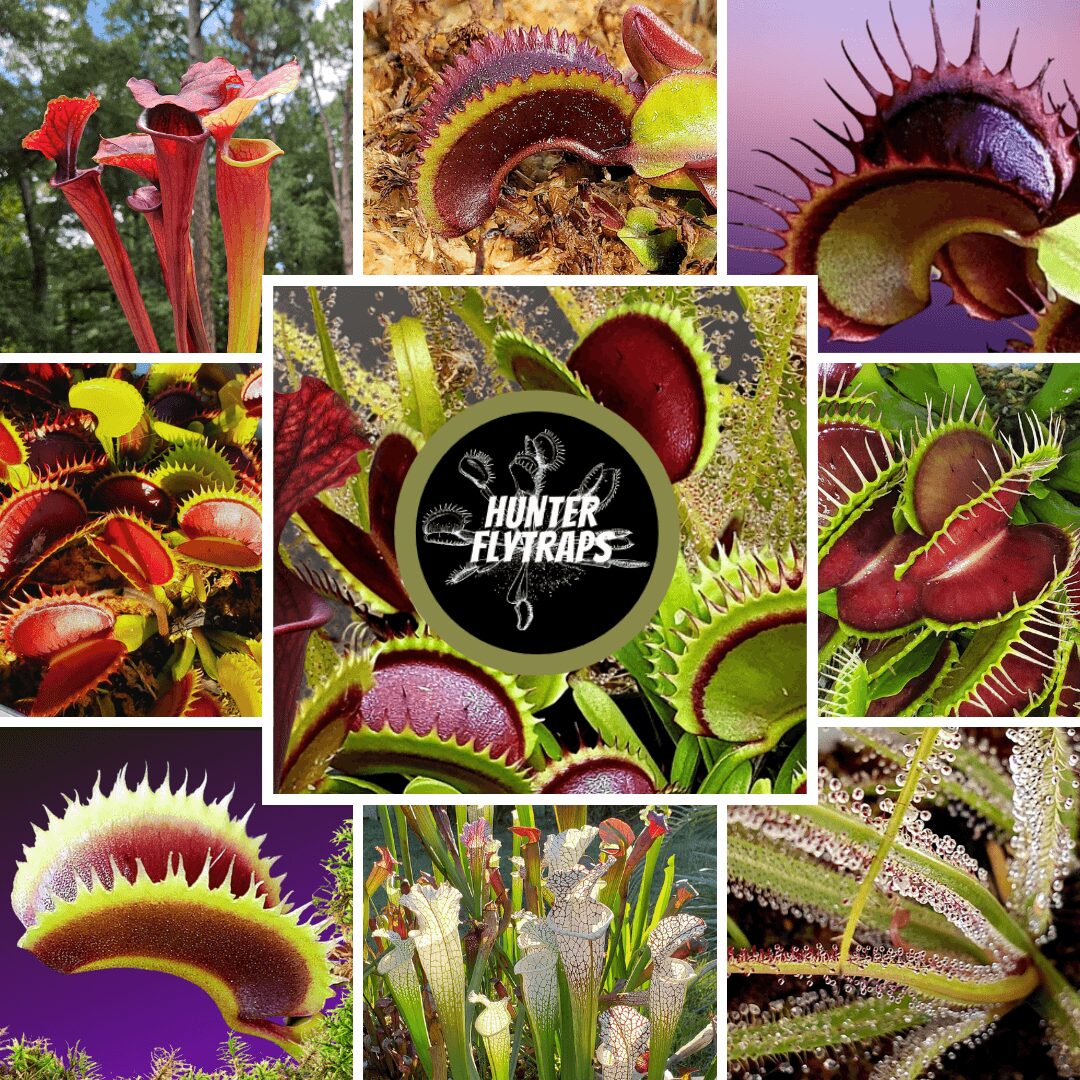
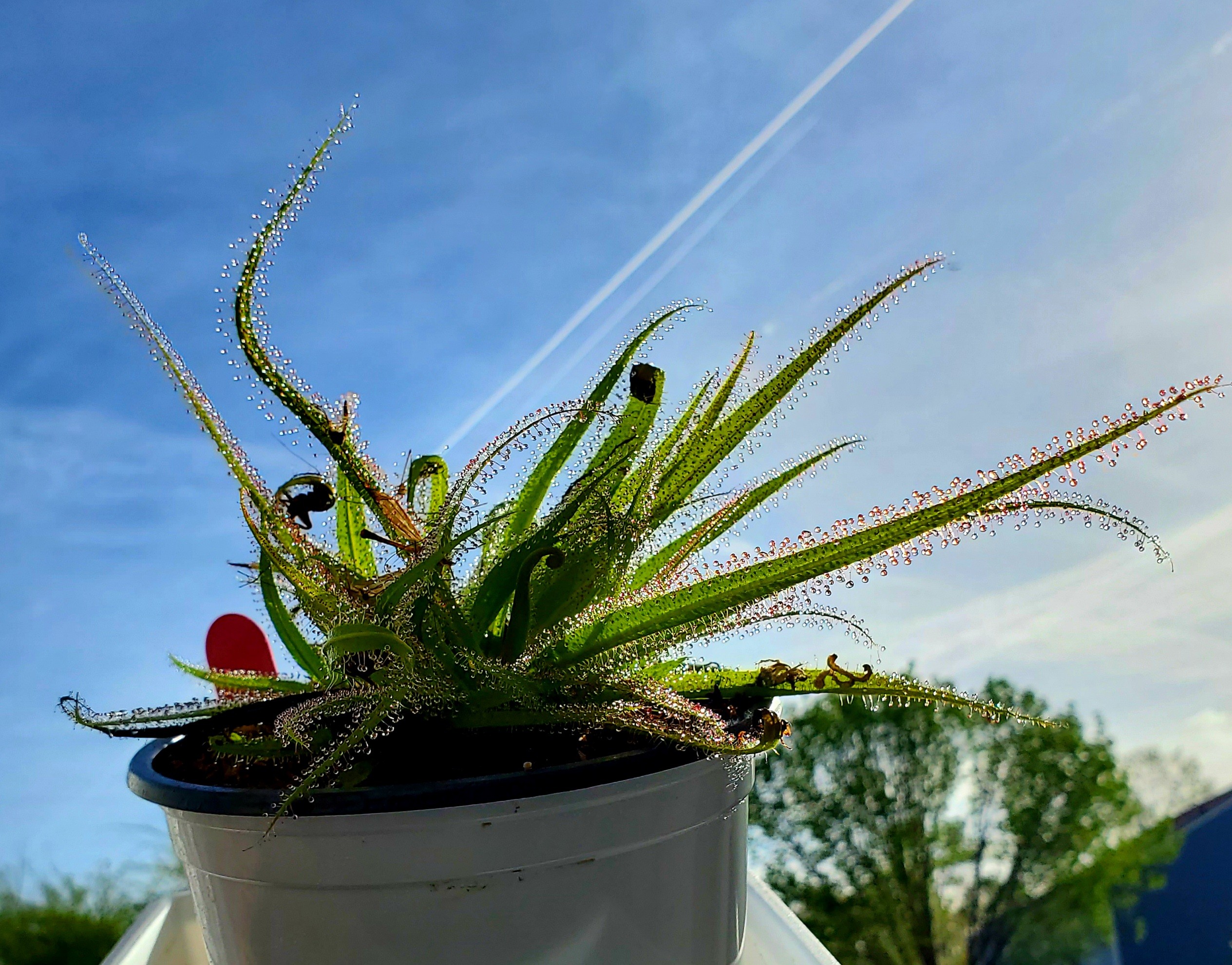
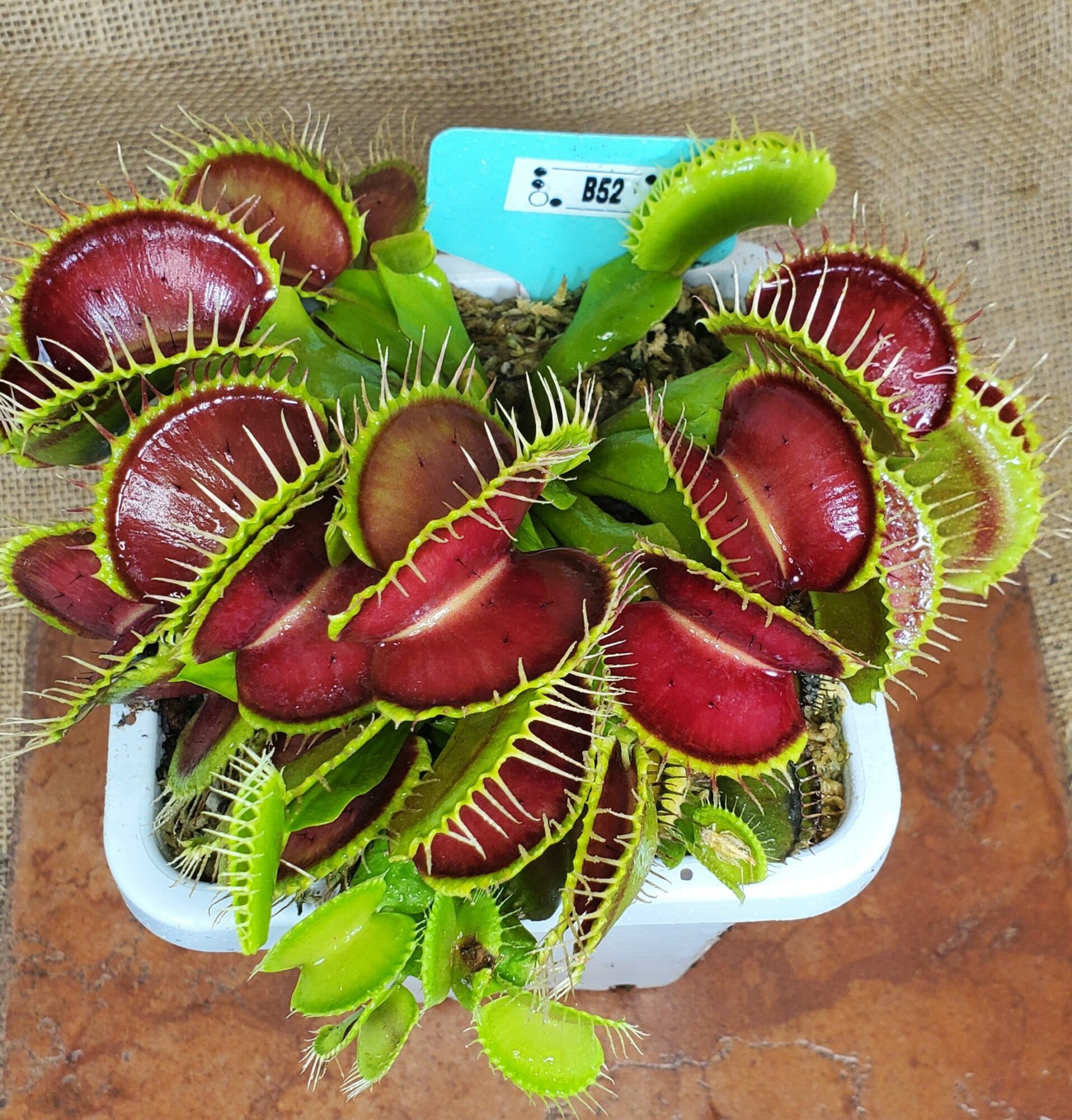
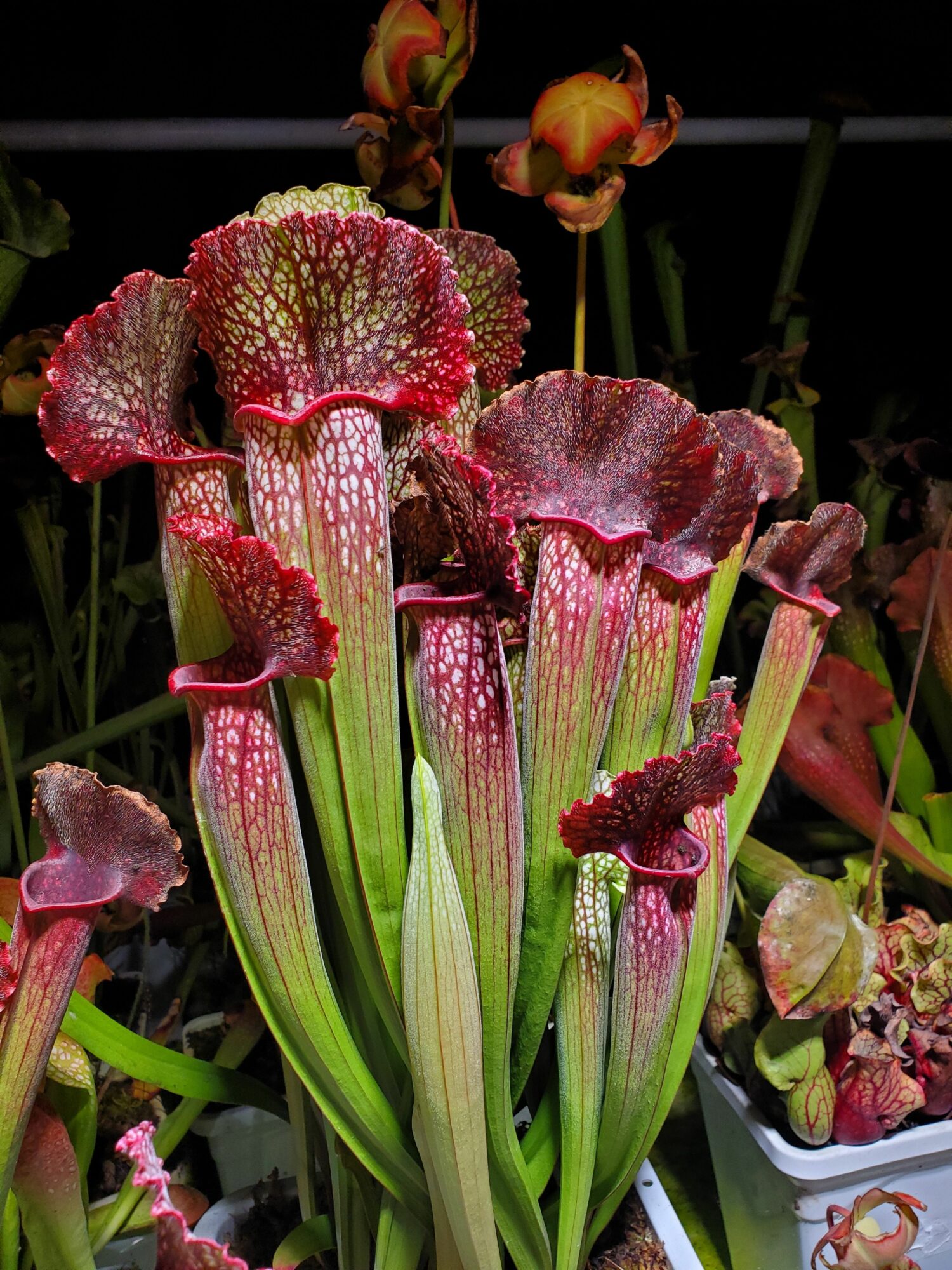
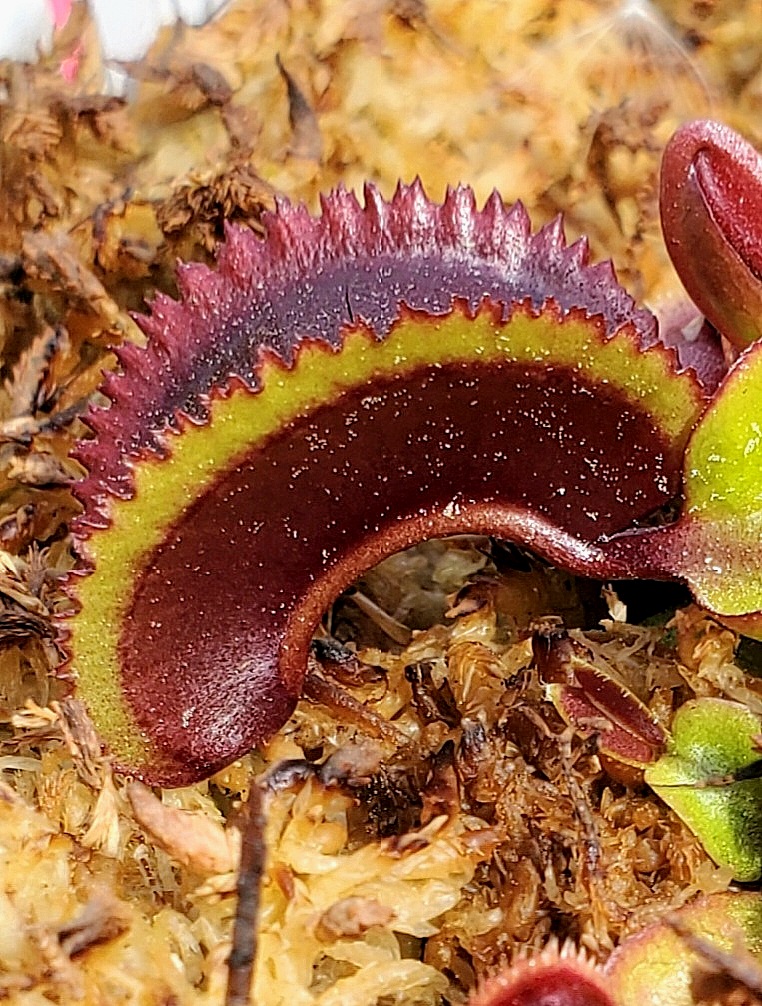
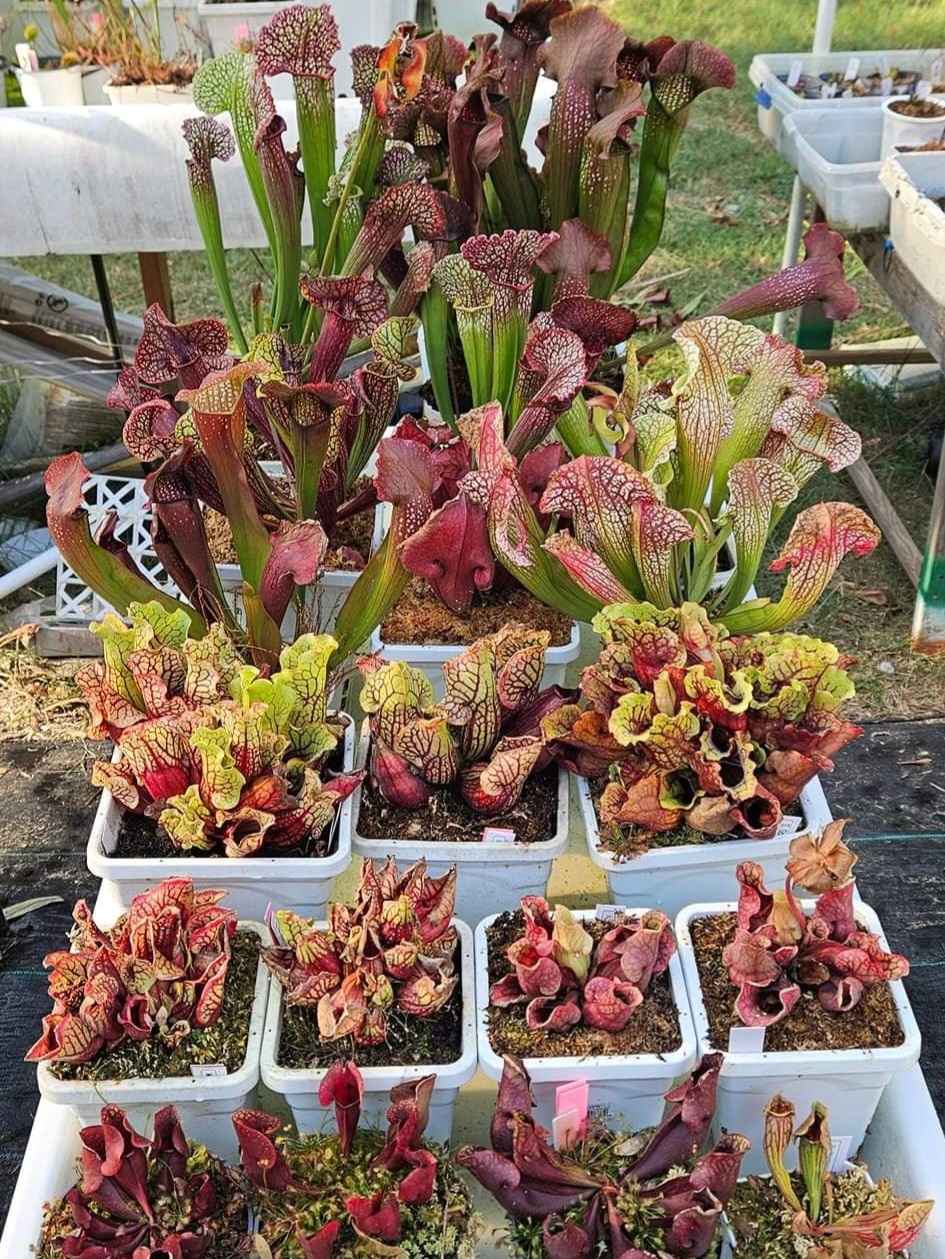
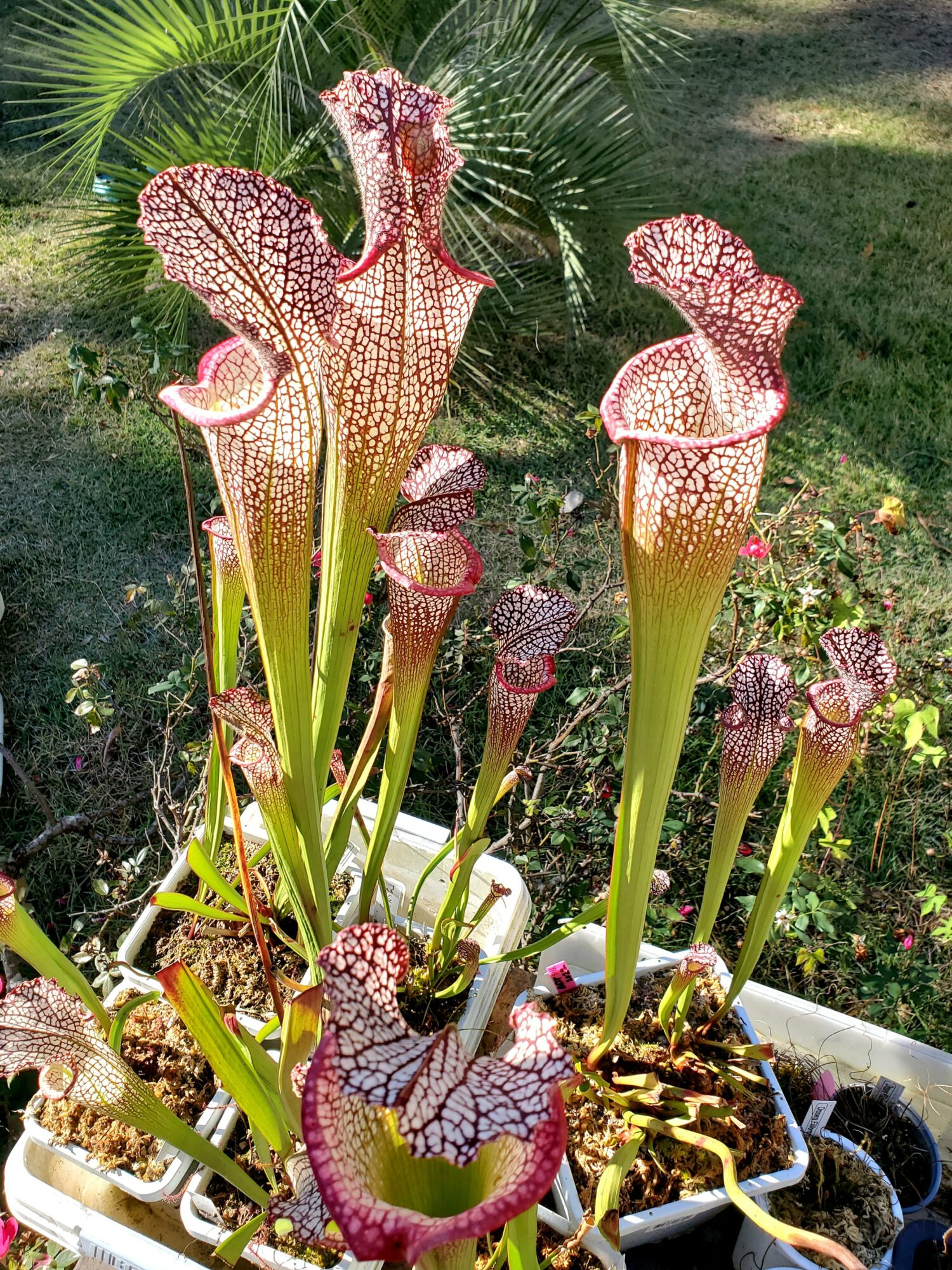
Image Credits
©️ Hunter Flytraps

